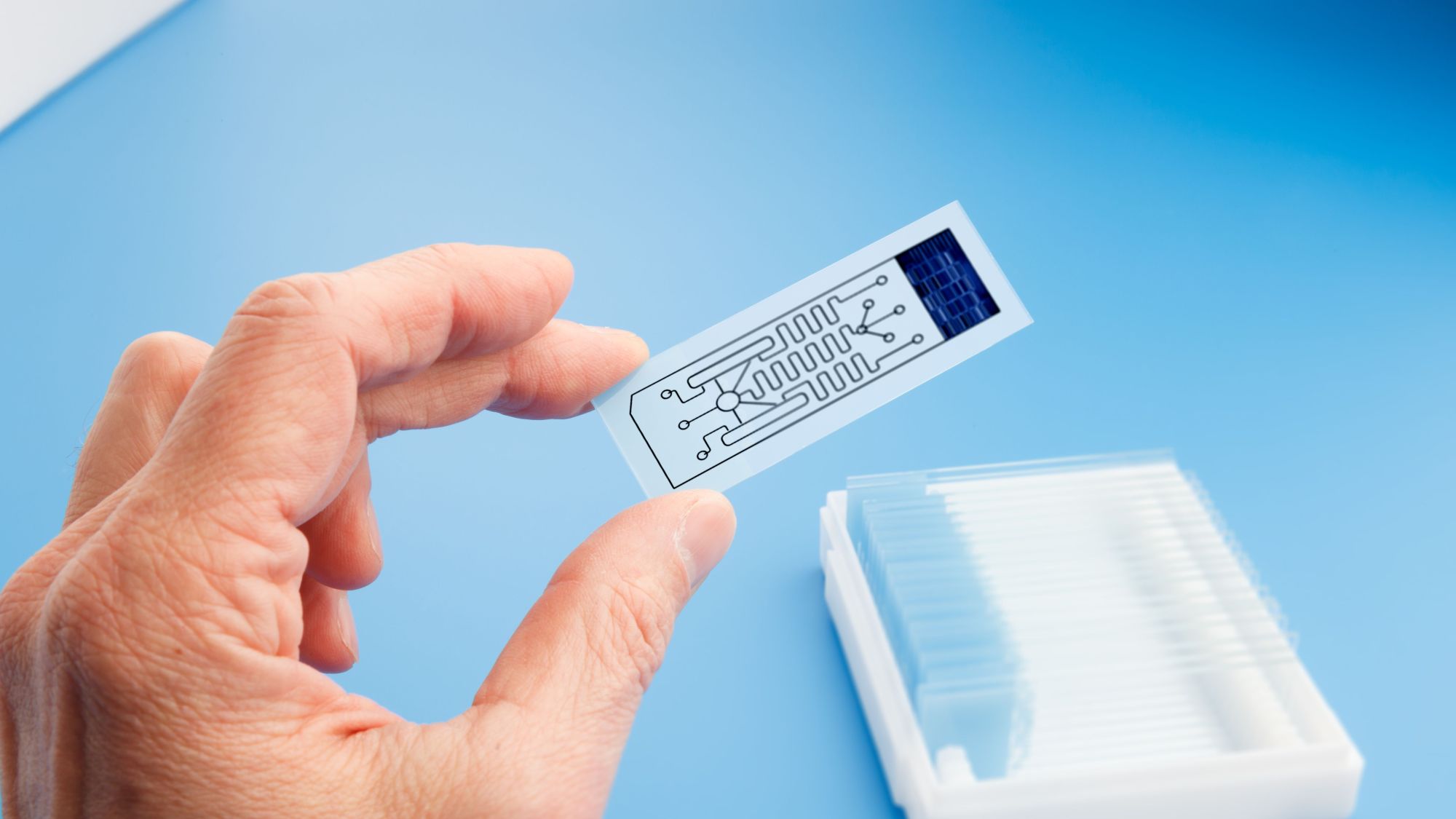The scaffold technology market has seen significant advancements over the past few years owing to the use of scaffolding in tissue engineering applications for repairing and regenerating damaged tissues and organs. Scaffolds provide an extracellular matrix mimicking environment to guide new cell growth to promote tissue regeneration. They are used as delivery vehicles for cells, growth factors, and drugs to facilitate tissue repair.
The Global Scaffold Technology Market Demand is estimated to be valued at US$ 4.68 Bn in 2024 and is expected to exhibit a CAGR of 12% over the forecast period 2024 to 2031.
Key Takeaways
Key players operating in the scaffold technology market include Organovo, Medtronic, Cook Biotech, 3M, Stryker Corporation, Zimmer Biomet, Innovia Medical, Advanced Biomatrix, Collagen Matrix Inc., Johnson & Johnson, LifeNet Health, Tissue Regeneration Systems, Bioventus, RTI Surgical Holdings, MTF Biologics, BioTissue Technologies, 3D Biotek LLC. These key players are investing heavily in R&D to develop advanced 3D bioprinted scaffolds for clinical applications.
The key opportunities in the scaffold technology market include a growing demand for organ transplantation and a rising geriatric population suffering from chronic diseases like cardiovascular diseases. Additionally, advancements in regenerative medicine and tissue engineering are also fueling market growth.
Technological advancements in 3D bioprinting allowing the fabrication of scaffolds with patient-specific geometries and cell-instructive cues are further propelling the market. 3D printed scaffolds can mimic the microstructure of native tissues better than conventional fabrication techniques.
Market Drivers
One of the major drivers of the scaffold technology market is the increasing incidence of chronic diseases globally that is overwhelming healthcare systems. Scaffold-based tissue engineering offers a promising alternative to traditional organ transplantation through regeneration of damaged tissues. Additionally, advantages of scaffolds over autografts and allografts such as reduced donor availability issues and biocompatibility concerns are also propelling the demand for scaffold technologies.
Current Challenges in Scaffold Technology Market
The scaffold technology market is facing numerous challenges currently. The high costs associated with research and development activities for developing innovative scaffold designs is a major challenge hampering faster growth of the market. Additionally, complex regulatory frameworks and lengthy approval processes for new scaffold products also pose significant challenges. Maintaining long term structural integrity of scaffolds and ensuring proper tissue integration also remains an issue area. Further, limited availability of tissue donors and ethical concerns regarding the use of animal derived biomaterials are additional challenges. The COVID-19 pandemic also impacted clinical trials and new product approvals in 2020-21 period. Overcoming these challenges would be key to realizing the true growth potential of this market over the coming years.
SWOT Analysis
Strengths: Rapidly growing applications in tissue engineering and regenerative medicines. Constant innovation leading to customization and personalized options.
Weaknesses: High R&D costs and regulatory hurdles. Limited standardized production processes for complex scaffolds.
Opportunities: Untapped markets in developing countries. Growing geriatric population driving demand. Advent of 3D printing and bioprinting for customized designs.
Threats: Stringent approval processes delay market entry. Ethical and bio-compatibility issues with certain materials. Competition from alternative treatment options.
Geographical Regions
North America currently accounts for the largest share of the global scaffold technology market in terms of value. This is attributed to presence of major industry players, higher healthcare spending, and rapid adoption of advanced technologies within the region. Asia Pacific is expected to be the fastest growing regional market during the forecast period supported by large patient population, growing healthcare infrastructure, and increasing focus on R&D within the scaffold technology sector.
Fastest Growing Region
The Asia Pacific region is poised to witness the highest growth in the global scaffold technology market during 2024-2031. This can be attributed to increasing healthcare expenditure, growing geriatric population susceptible to orthopedic diseases, rising awareness about advanced treatment options, and improving research funding & regulatory frameworks within the developing countries of Asia Pacific region especially India, China, and South Korea. The market players are also expanding their presence in Asia to capitalize on the strong growth opportunities in this untapped market.
*Note:
1. Source: Coherent Market Insights, Public sources, Desk research
2. We have leveraged AI tools to mine information and compile it



